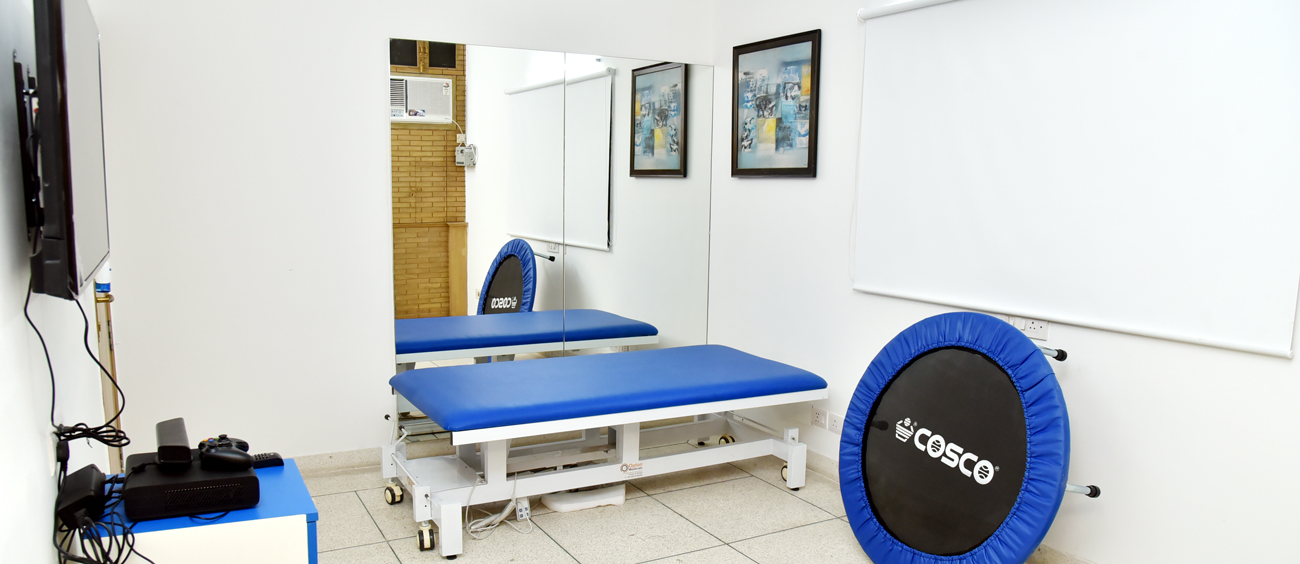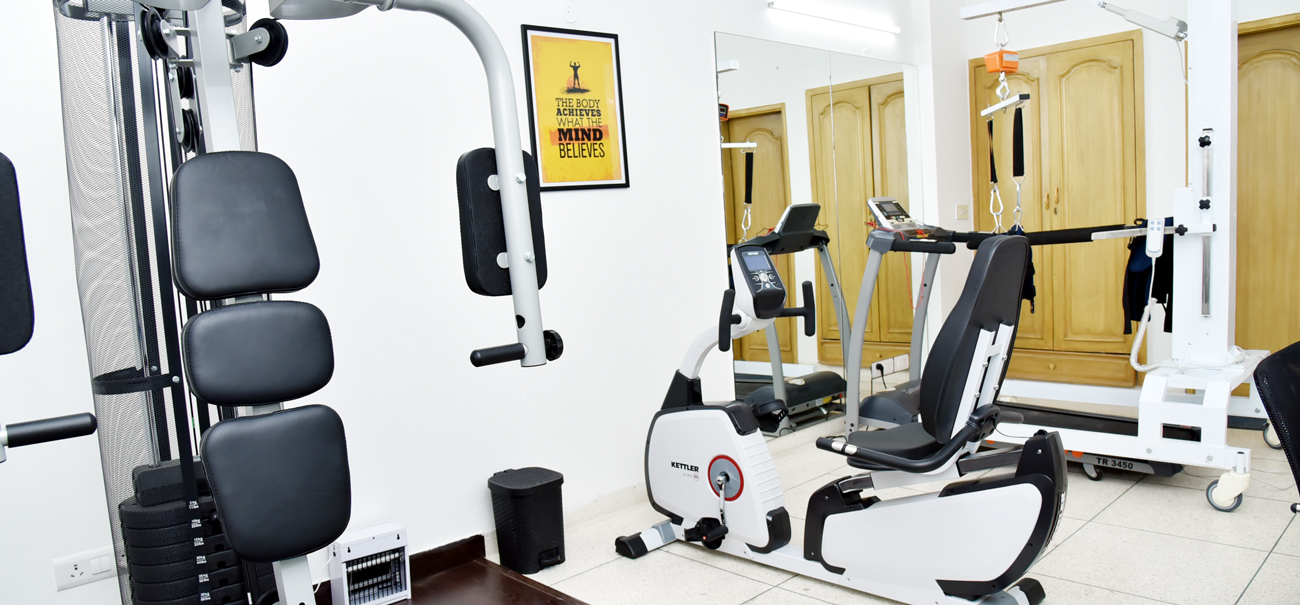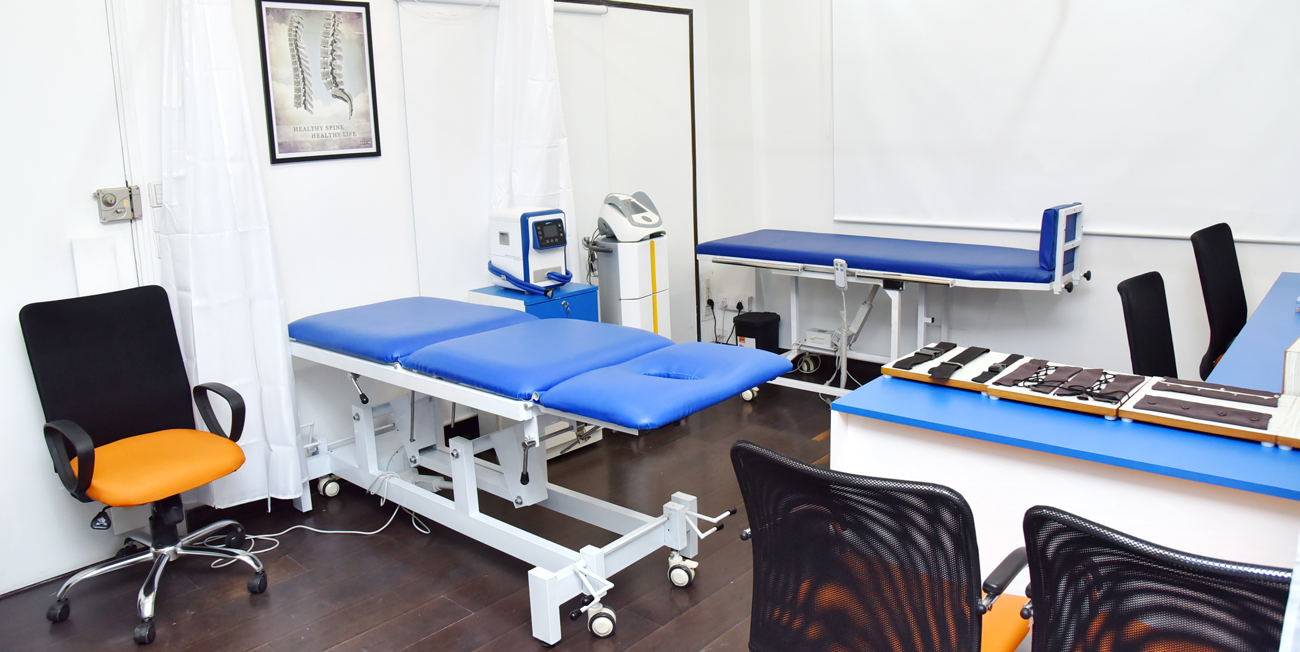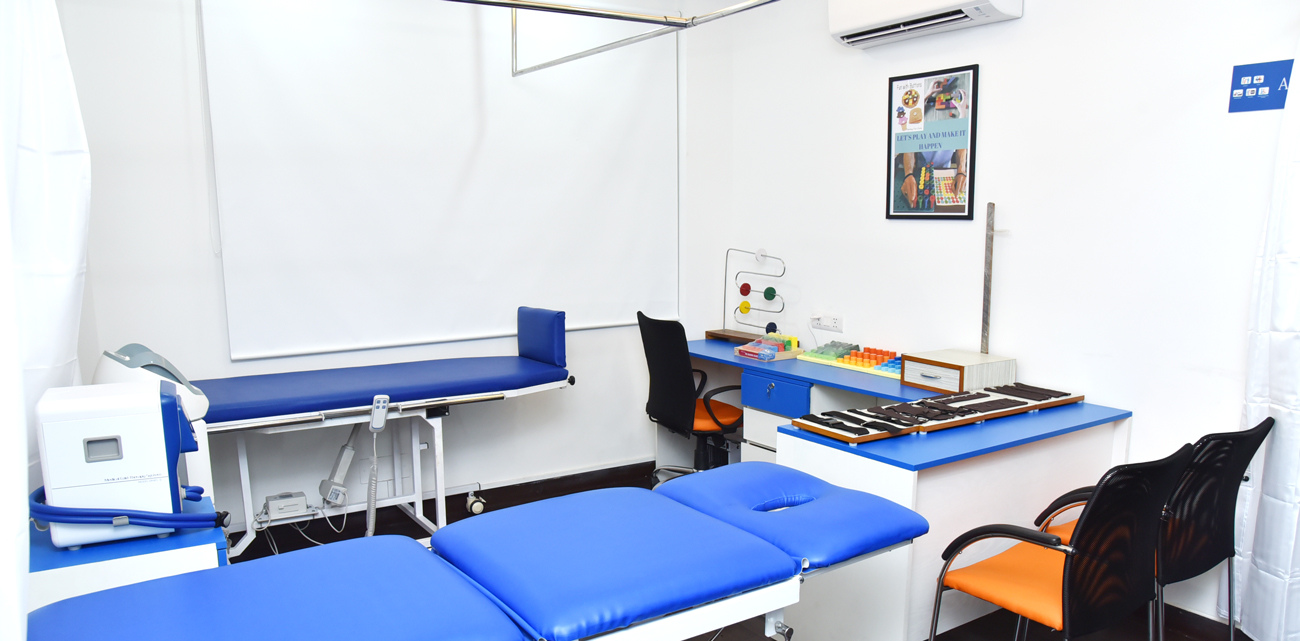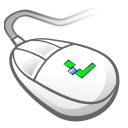What is Cognitive Rehabilitation Therapy ?
Cognitive rehabilitation is a goal-oriented program that aims to improve cognitive functions
(memory, attention, and concentration) and daily living skills (i.e. using the telephone,
managing medication, and handling money) that may have been affected by your stroke.
The rehabilitation program is developed according to each client’s specific needs.
The goal is to improve performance in tasks that are important to you.
Two approaches are usually adopted:
- The remedial (or restorative) approach
- The compensatory approach
Why use cognitive rehabilitation ?
Cognitive impairment, a problem involving the mind, is very common following neurological disorder.
There are different kinds of cognitive impairment such as forgetfulness, confusion and/or disorientation.
These impairments can interfere with safety, productivity, independence and personal relationships.
Cognitive rehabilitation has been developed by physicians, scientists, and health professionals to improve cognitive function.
This therapy also aims to help people with cognitive dysfunction deal with the impact it has on their lives.
With the help of cognitive rehabilitation, many people can have a productive and satisfying following a stroke.


